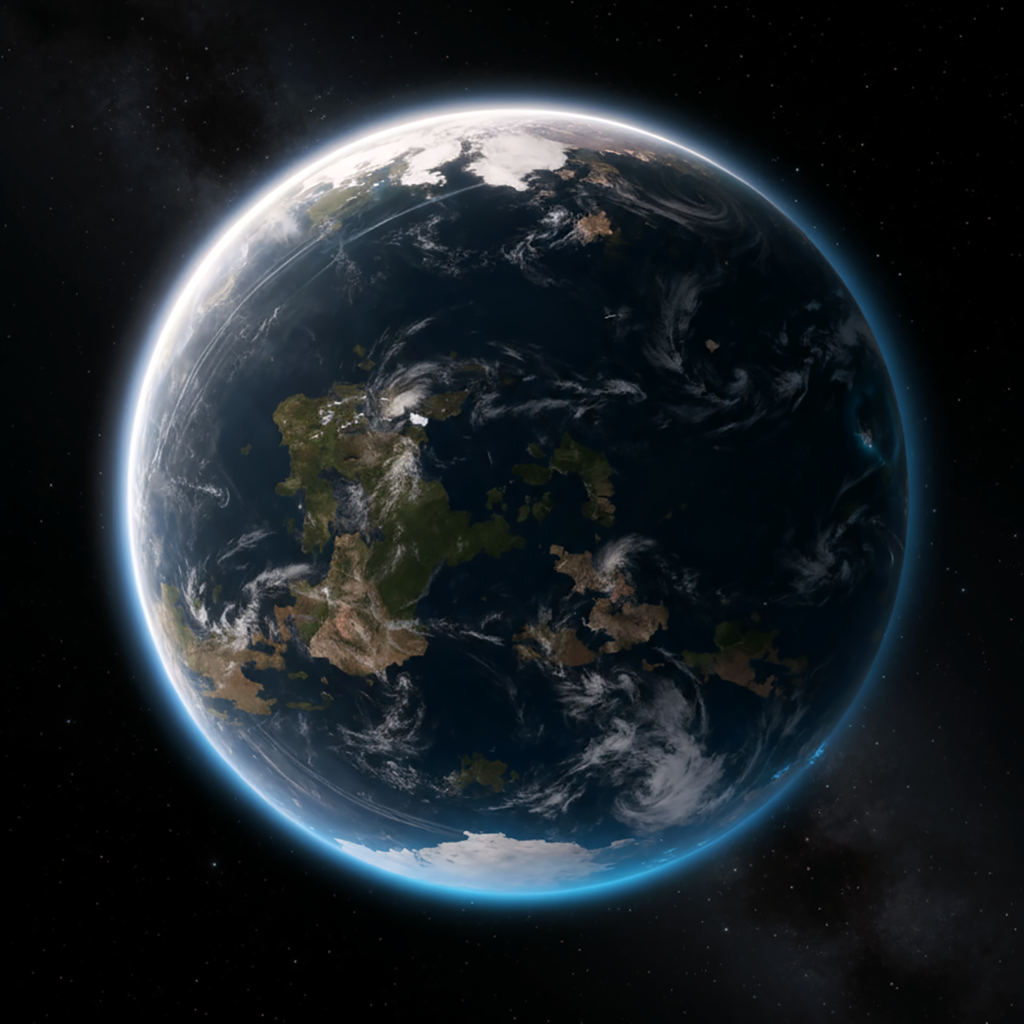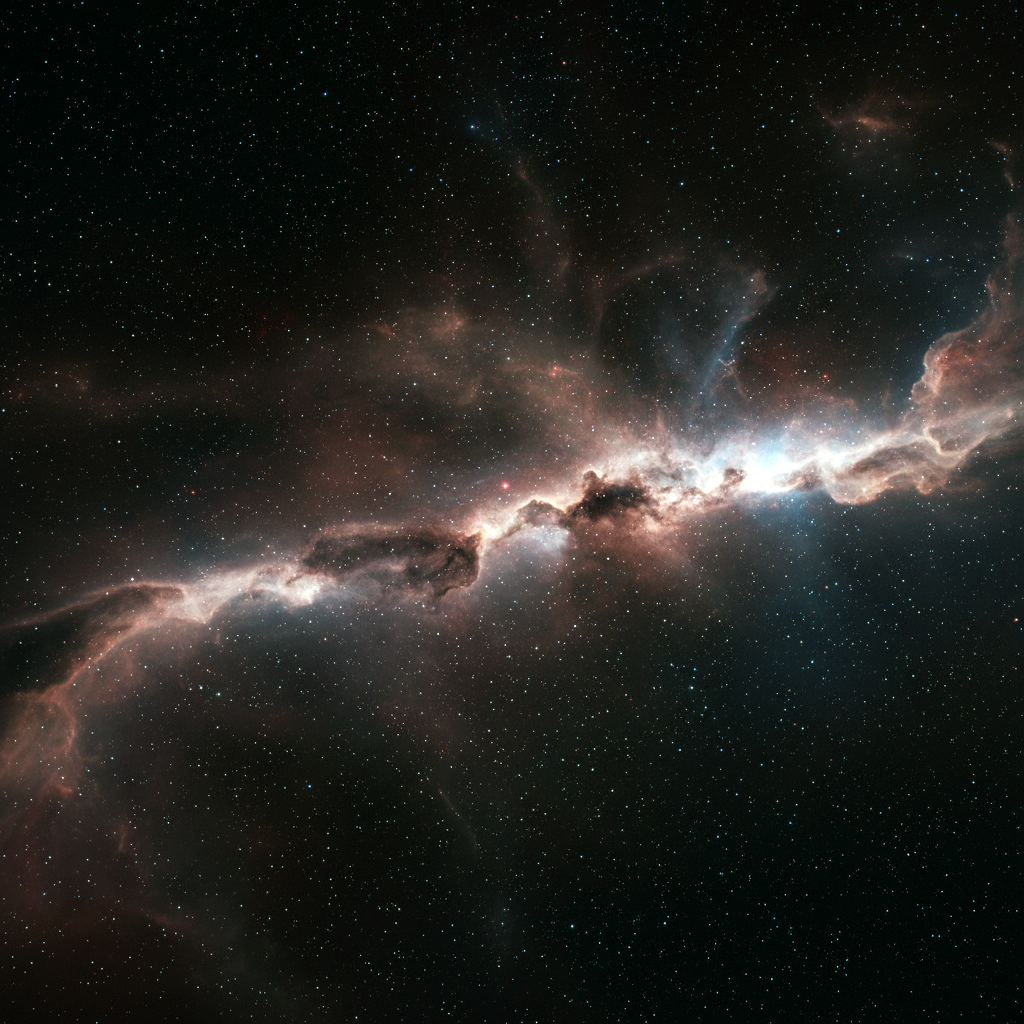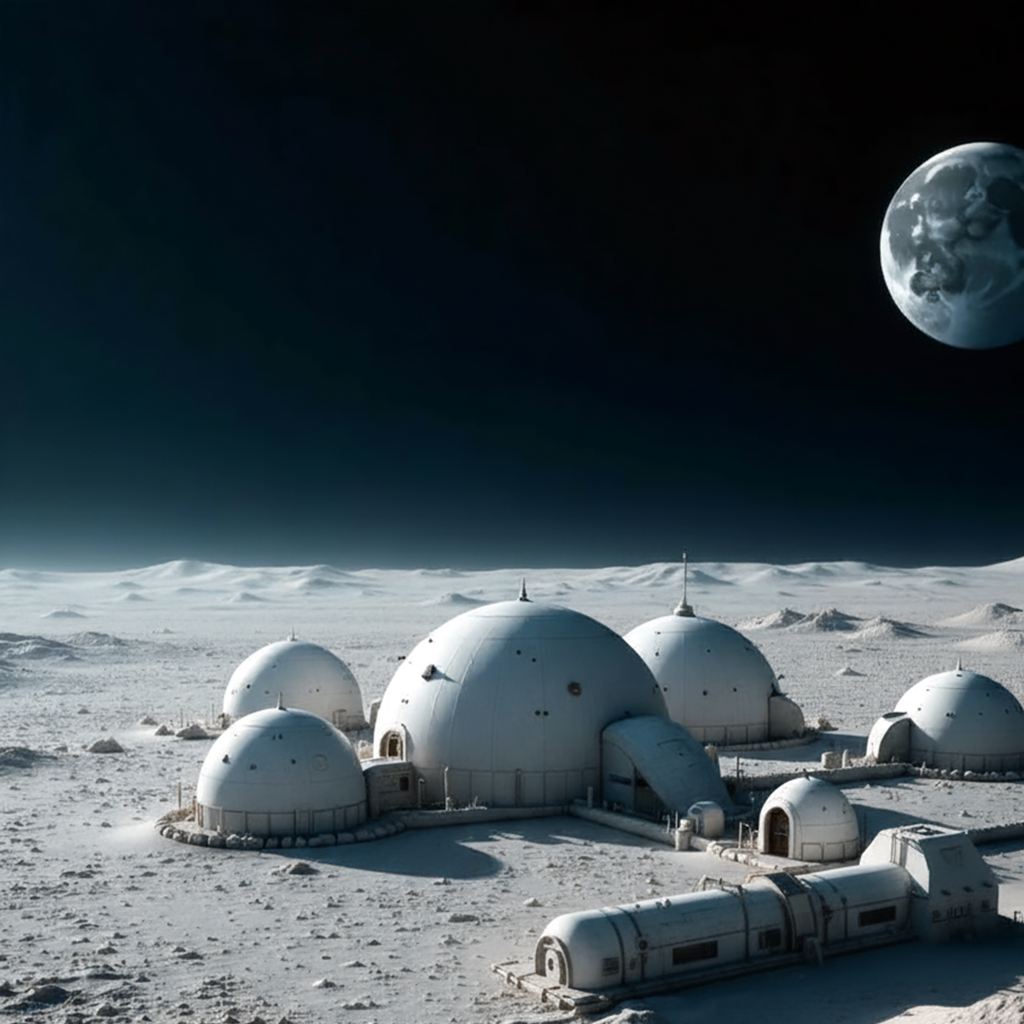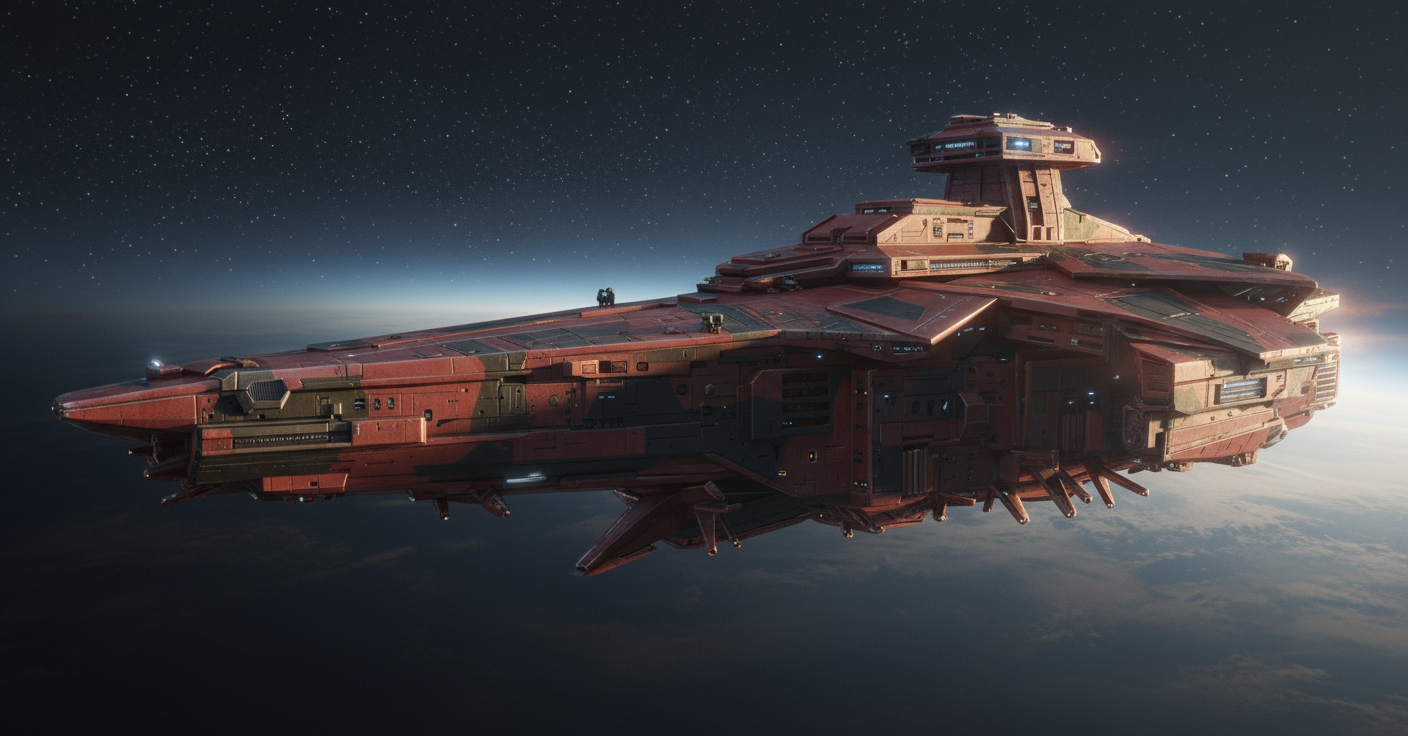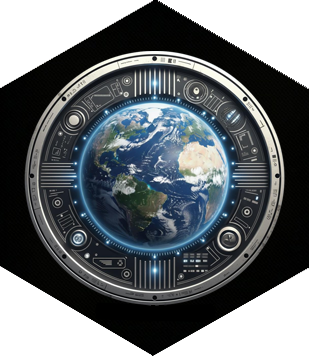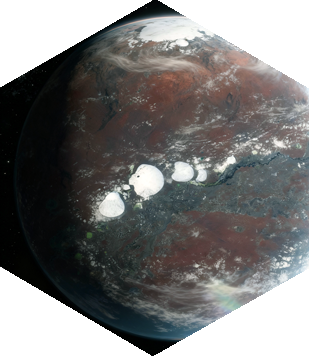Anastas

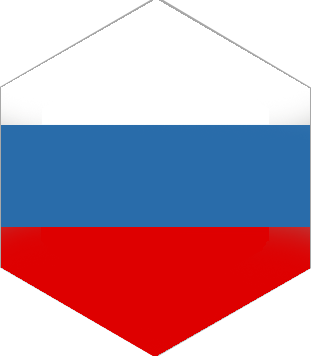
Introduction
This planet, located within the Russian Federation's space, is a unique celestial body that serves as a significant outpost in the Federation's interstellar domain. With its challenging environmental conditions and strategic importance, the planet plays a critical role in the Federation's space operations.
Planetary Statistics
Distance from Star: 4,192,630 km, placing Anastas in a close orbit to its parent star or possibly a dimmer stellar body. This proximity contributes to its short orbital period and stark environmental contrasts.
Radius: 6,946 km, slightly smaller than Earth, with a corresponding surface area and biosphere capacity to match.
Gravity: 0.87G, lighter than Earth’s, shaping its inhabitants toward taller, more agile physiologies and allowing for grander, lighter architectural designs.
Orbit Period: 4.12 days, suggesting a rapid orbit. Combined with its tidally locked rotation, this creates extreme zonal divisions of climate and habitability.
Rotation: 0 hours (tidally locked), with one hemisphere bathed in eternal daylight and the other trapped in perpetual darkness.
Mean Temperature: 265K (-8°C), cold but not uninhabitable, averaging across the day and night sides with the terminator line serving as the most habitable region.
Atmosphere: 1.58 atm, denser than Earth’s, supporting enhanced heat retention and weather extremes, but providing strong radiation shielding.
Water/Ice Index: 24.74%, a balance of frozen and liquid water reserves, primarily concentrated at the twilight band and within deep river valleys.
Population: 3.59 million, concentrated in megacities along the terminator line and hydro-industrial settlements built around inland river basins.
Environmental and Living Conditions
Anastas is a planet of stark contrasts. Its tidally locked state creates an eternal day side where deserts and rocky plains are blasted by unending light, and an eternal night side where glaciers and ice fields dominate. Between these extremes lies the twilight band—the terminator line—where habitable conditions thrive. This narrow zone of moderate temperatures has become the cradle of Anastasian civilization.
Day Side: A barren land of sun-scorched deserts and parched plateaus. Constant radiation makes habitation nearly impossible without heavy shielding, though solar energy harvesting farms are abundant here, supplying much of the colony’s power.
Night Side: An icebound wilderness with frigid storms and temperatures plummeting below survivable limits. Outposts and research stations dot the permafrost, extracting rare minerals and ice reserves.
Terminator Line: The vital band of habitable land where rivers fed by melting ice from the night side flow toward the parched day side. Here, lush wetlands, dense green belts, and sprawling delta systems provide fertile land for agriculture and settlements. The thick atmosphere creates near-constant cloud cover and heavy rainfall, fueling the rivers that sustain life.
Civilization and Infrastructure
The population of 3.59 million is primarily concentrated in arcology-cities along the terminator’s great rivers and floodplains. These urban centers are hubs of trade, agriculture, and manufacturing, while smaller settlements push into both the icy night side and the resource-rich day side. The dense atmosphere contributes to unpredictable, violent storms, making transport by air risky; instead, the rivers and coastlines form the lifelines of travel and trade.
Colonial Development
The Russian Federation has managed to establish a significant population on this planet, with over 3.5 million inhabitants. The population is likely concentrated in areas where the environment is most stable, perhaps near the terminator line where temperatures might be more moderate. The high water/ice index suggests that water resources are plentiful, possibly in the form of vast ice deposits or underground aquifers, essential for sustaining the colony's needs.
Given the planet’s harsh conditions, the infrastructure is probably highly advanced, with robust life support systems and climate control technologies in place to ensure the colony’s survival. The presence of a dense atmosphere may also require specialized equipment and habitation structures to manage the increased air pressure and ensure human comfort and safety.
Strategic Importance
This planet’s location within the Russian Federation’s space, combined with its unique environmental challenges, makes it a vital strategic asset. Its population size indicates that it serves as more than just a scientific outpost; it could be a key military or industrial hub, supporting the Federation's broader goals in space exploration and defense. The planet’s resources, particularly water and possibly rare minerals, could be crucial for supporting nearby colonies or space stations.
Conclusion
This planet in Russian Federation space is a testament to human adaptability and the Federation’s commitment to expanding its presence across the stars. Despite its challenging conditions, the planet is a thriving hub of activity, playing a critical role in the region’s economy and strategic planning. The ongoing development of this world reflects the Federation's broader ambitions in space, as they continue to push the boundaries of human colonization and technological advancement.






